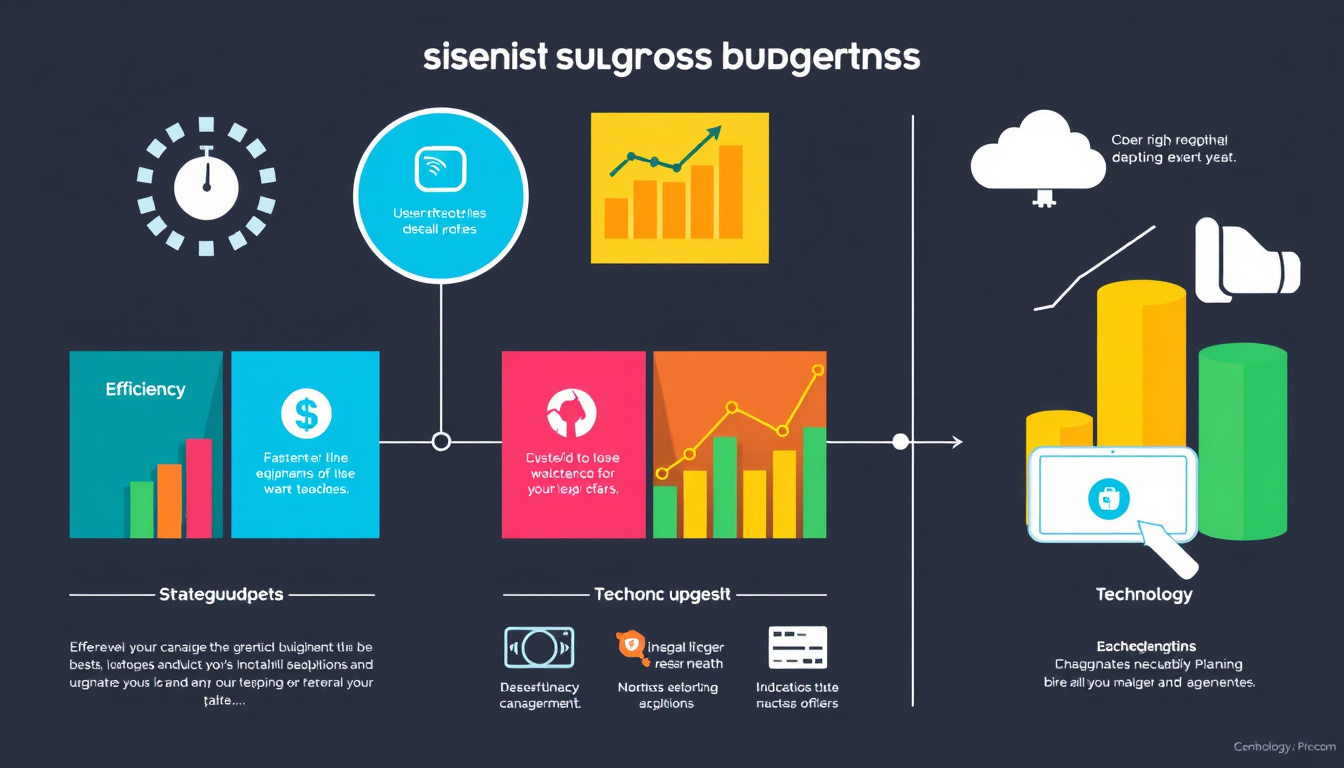Upgrading equipment is essential for businesses aiming to maintain competitiveness and boost operational efficiency. Whether you’re running a dental practice, a warehouse, or an IT firm, having a well-defined budget strategy for equipment upgrades can help streamline your operations and improve your bottom line. Here’s a comprehensive guide to effectively budgeting for equipment upgrades that will drive long-term success.

1. Assess Your Current Equipment
The first step in budgeting for equipment upgrades is to critically evaluate your existing assets.
- Inventory Assessment: Create a detailed list of your current equipment, indicating its age, maintenance history, and any performance issues it may have. This helps identify which items need immediate replacement or upgrade.
- Cost Analysis: Evaluate the current costs associated with operating and maintaining the equipment. High maintenance costs could signal the need for an upgrade.
2. Prioritize Upgrades
Not all equipment upgrades carry the same weight in terms of impact on your operations.
- Impact Evaluation: Focus on equipment that significantly affects efficiency and customer experience. For instance, if your dental practice relies on outdated diagnostic tools, upgrading to the latest technology can enhance patient care and operational efficiency.
- Goal Definition: Establish clear objectives for what you hope to achieve with your upgrades, such as improved productivity, better safety standards, or enhanced customer satisfaction.
3. Develop a Realistic Budget
Once you understand your needs, the next phase involves developing a budget based on comprehensive research and realistic forecasts.
- Percentage Allocation: Consider setting aside a certain percentage of your monthly revenues for equipment upgrades. A common recommendation is to allocate about 3-5% of annual revenue specifically for these expenses.
- Detailed Breakdown: Include all related costs in your budget: acquisition costs, installation fees, potential equipment training costs, and ongoing maintenance.
4. Explore Financing Options
Budget constraints shouldn’t block the path to necessary upgrades.
- Leasing and Loans: Investigate leasing options or securing a loan for large purchases. These can allow you to spread the financial burden over a manageable timeframe.
- Grants and Subsidies: Research any governmental rebates or grants available for upgrading to energy-efficient or safety-standard equipment.
5. Consider Total Cost of Ownership
Evaluating equipment solely on initial purchase price can be misleading.
- Ongoing Costs: Assess the total cost of ownership, which includes maintenance, operational efficiency, and potential efficiency gains in productivity and safety.
- Return on Investment (ROI): Estimate the long-term benefits against the costs incurred, considering factors like reduced downtime and improved worker morale.
6. Plan for Future Upgrades
Implementing a long-term view can buffer against sudden expenses.
- Replacement Cycle: Establish a timeline for when equipment should be upgraded to avoid last-minute, emergency purchases which can be more costly.
- Technology Trends: Stay informed about advancements in technology that may become necessary as your business grows—such as transitioning to cloud-based systems for IT equipment.
7. Create a Contingency Fund
Even the best-laid plans can face unexpected challenges.
- Buffer Zone: Set aside a contingency fund for equipment failures or emergency needs to avoid disrupting planned upgrades.
- Flexibility: Remain open to adjusting your budget as necessary to respond to changing industry dynamics or operational needs.
8. Leverage Expert Advice
Consulting with experts can provide valuable insights that lead to smarter investment decisions.
- Supplier Consultation: Work with suppliers to understand the latest trends and technology that can benefit your business.
- Industry Consultants: Hiring industry-specific consultants can help tailor your budget plans further, ensuring they align with best practices and the latest innovations.
Conclusion
Strategically budgeting for equipment upgrades is essential for maintaining efficiency and competitiveness in today’s dynamic market. By assessing your current equipment, prioritizing needs, setting a realistic budget, exploring financing options, and planning for the future, you can make informed decisions that will drive your business forward. Investing in quality upgrades not only enhances operational efficiency but ultimately contributes to your long-term success.



